The Stories and Symbolism of Spring Flowers
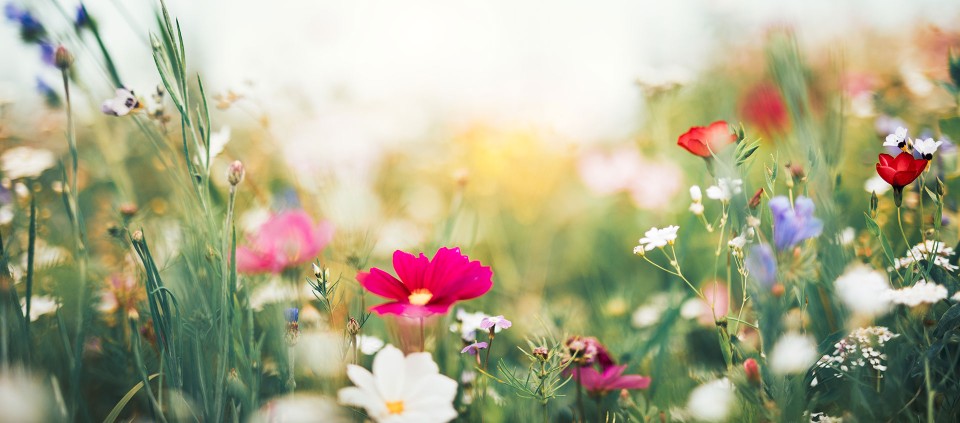
“Yoga is the space where flower blossoms.”
―Amit Ray
After a long winter, spring flowers are like endorphins made visible. These vibrant flora boost well-being on multiple levels—their soft, saturated colors ease screen-weary eyes; their scent activates the benefits of aromatherapy; and their resilience is a reminder that, even in stillness and darkness, the life force is present and waiting to burst into bloom.
“It takes faith to believe that the crocus, hyacinth, and iris bulbs we put into the cold ground will really turn into flowers,” says Kripalu presenter and poet Danna Faulds, a dedicated gardener. “Nothing about those little crocus bulbs even vaguely suggests the glowing purple flowers that emerge in the spring. But when we suspend our doubt just long enough to plant the bulbs at the right depth and cover them with dirt, I like to think that we’re sowing a tiny bit of hope with each—hope that is embodied in the flowers.”
Here’s a look at the myths and symbolism associated with six common—yet uncommonly beautiful—springtime flowers.
Crocus
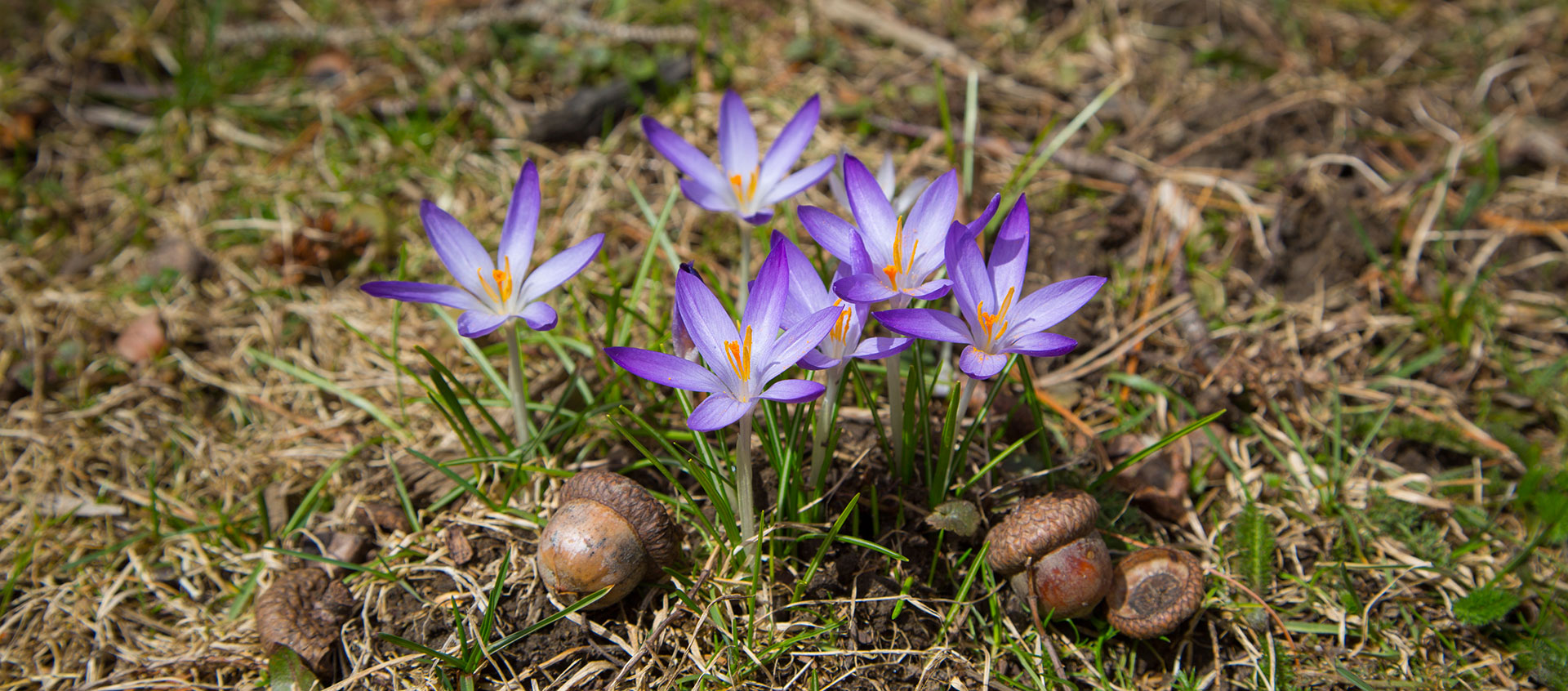
Because the crocus is one of the first flowers to poke through the still-cold ground, it’s known as a harbinger of warmth, light, cheerfulness, and mirth. Sometimes called the light bulb flower because of its shape before the petals unfurl, the crocus is also a symbol of youth. Ancient Romans created an early diffuser apparatus so they could spray the scent of crocus on each guest as they entered a banquet.
Daffodil
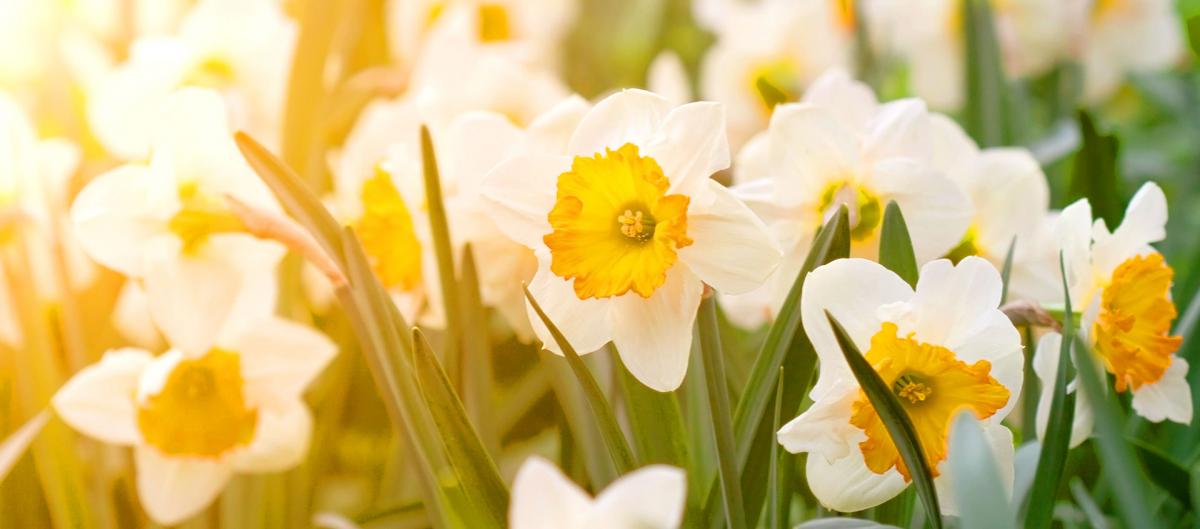
The six-petaled daffodil symbolizes faith, honesty, forgiveness, forthrightness, and clarity—and, interestingly, the bulbs contain galantamine, a chemical used in the treatment of Alzheimer’s. The number six is linked with the goddess Venus, and represents serenity, truth, and balance. In ancient herbalism, the scent of the daffodil was used to calm anxiety.
Apple Blossom
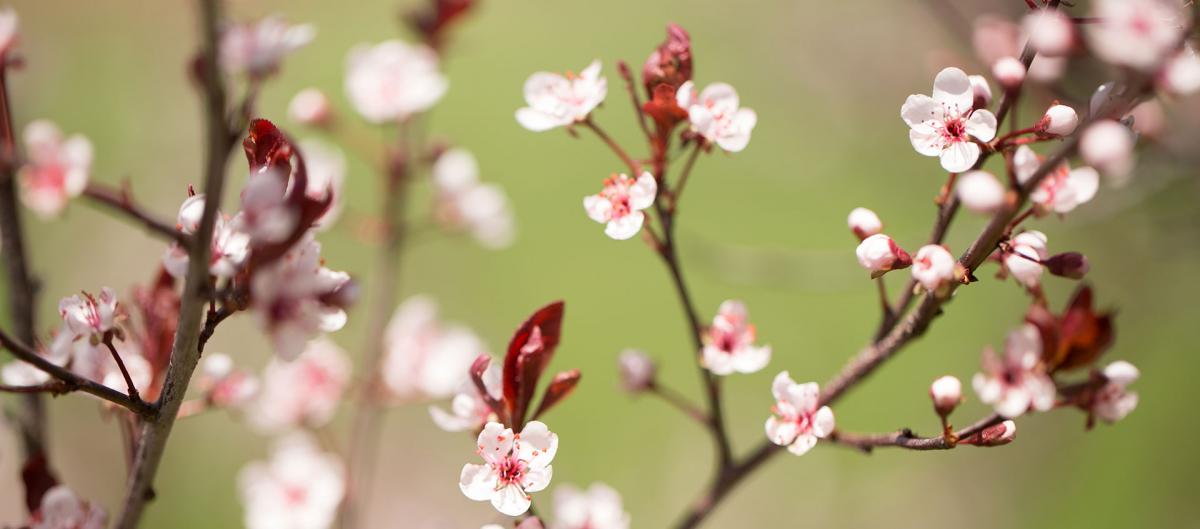
Celebrated by the ancient Celts as symbols of love, apple blossoms also represent peace and long life. Like all spring flowers, they are reminders of how life renews itself again and again, even in the face of hardship—and eventually yields sweet, nourishing fruit.
Primrose
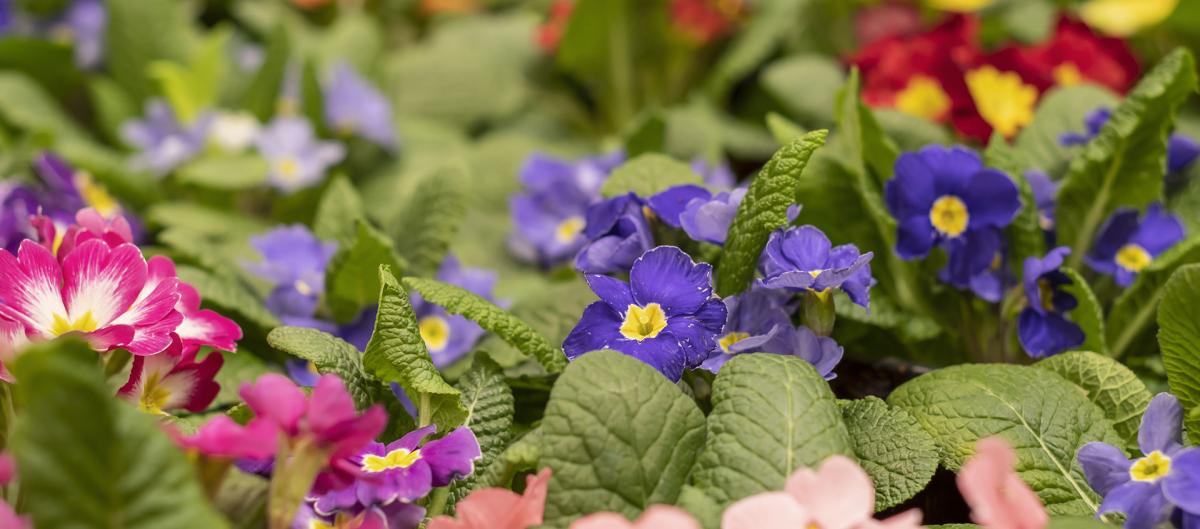
Along with embodying new beginnings, new life, and birth, the primrose is considered a symbol of protection and safety. Also know as cowslip, primrose can be added to salads, cooked like a vegetable, or fermented into wine. In 18th-century England, herbalists made primrose ointment and infusions to cure melancholy, and oil of primrose, rubbed on the eyelids, was said to strengthen the ability to see faeries.
Tulip
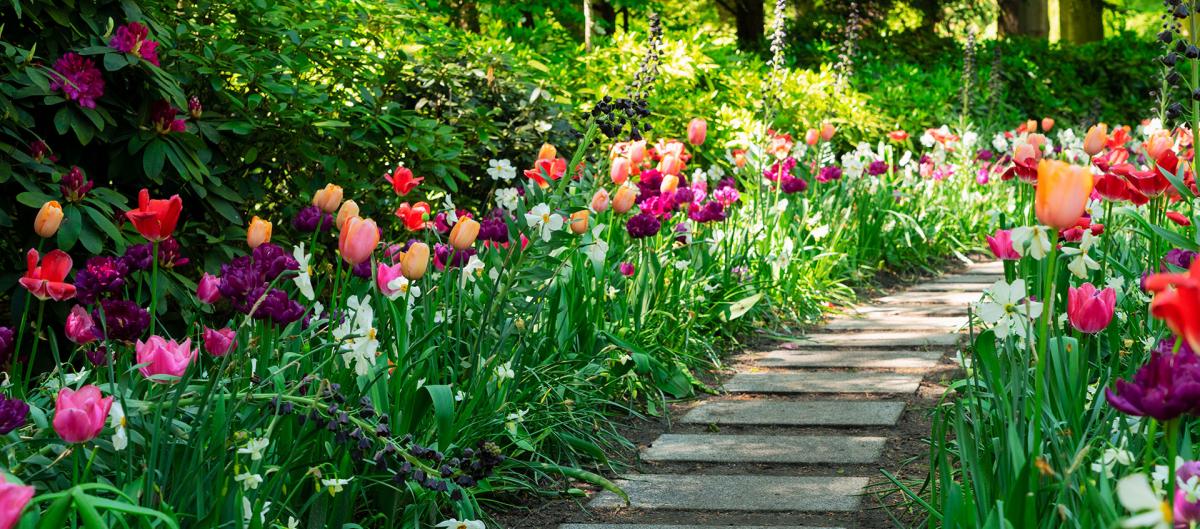
Tulips are always reaching toward the sunshine—which is why they’ve become known as a symbol of adjustment and aspiration. In the same vein, they are thought to represent attainment of spiritual awareness—like yoga practitioners, they bend and flow, seeking light. In Turkey, where they were first bred (their name comes from the Persian word for turban), tulips were considered an emblem of paradise on earth or perfect love. Persian and Turkish legends tell of two star-crossed lovers, Farhad and Shirin, one or both of whom come to sad ends; where their blood hit the ground, red tulips bloomed.
Lilac
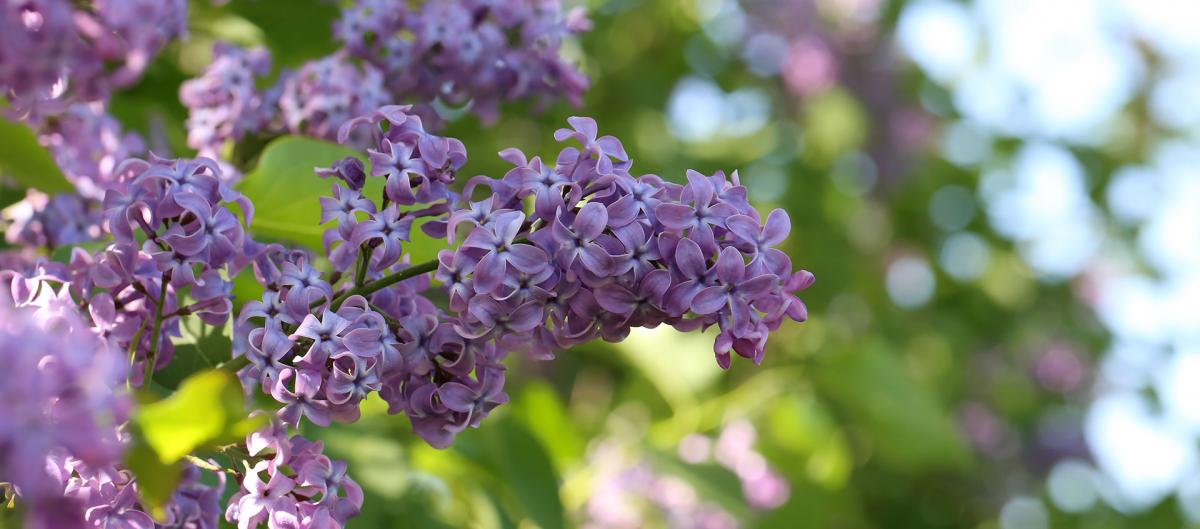
Lilacs have their own mythological love story. An ancient Greek myth tells of Pan, the god of forests and fields, and Syringa, the nymph he loved. To avoid him, she turned herself into a lilac shrub, which made Pan so angry that he smashed the lilac reeds in pieces. Instantly filled with remorse, he gathered up the reeds, trying to kiss them. As he did, his breath blew over them and created a melody. This was the first pan pipe.
How to Make Flower Essences
- Place parts from the plant (flower, stem, leaf, root) into a bowl of filtered water.
- Fill three small bottles with half water, half brandy or, alternatively, a non-alcoholic vinegar.
- Place three drops of the water into one bottle, and gently tap it on your wrist and turn it to mix. This is your “mother bottle.”
- Take three drops from the mother, and add it to the second bottle. This is your stock bottle.
- Take three drops from the stock, and add it to the third bottle. This is the dose bottle, the one you will use.
- Take three drops of your essence under your tongue, or add it to your bath.
Find out about nature and outdoor programs at Kripalu.
© Kripalu Center for Yoga & Health. All rights reserved. To request permission to reprint, please email editor@kripalu.org.